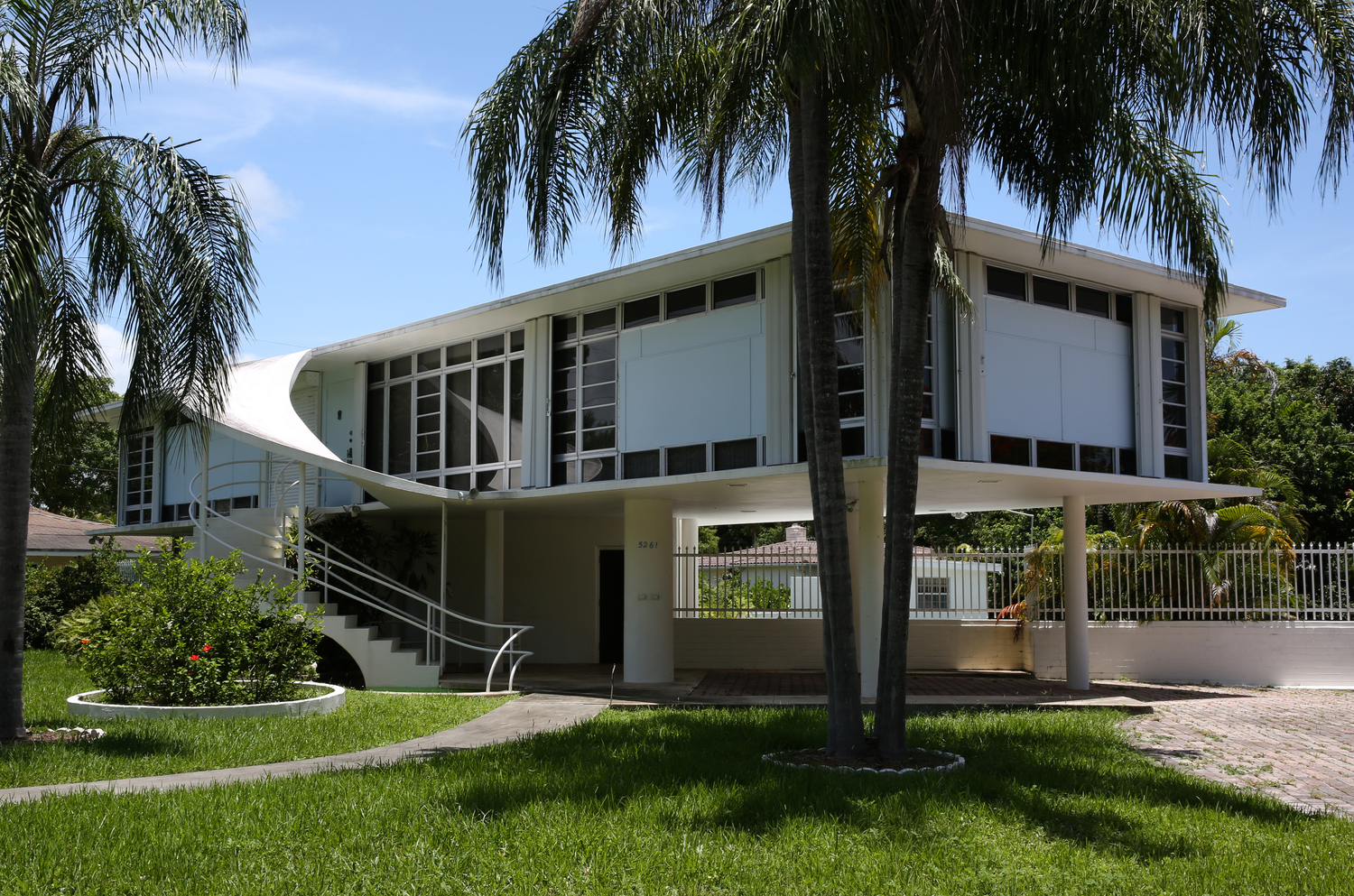 | Morningside civic association |
MORNINGSIDE – A HISTORY
Morningside has a history as old as the City of Miami itself. Today’s Morningside occupies land at the southern boundary of Lemon City, a pioneering community once larger than the neighboring City of Miami to the south. As Miami’s population expanded during the late 1910’s and early 1920’s, new subdivisions reached northward along Biscayne Bay.
IT STARTED WITH A VISION
James Hilliard Nunnally was an Atlanta candy manufacturer whose treats were marketed as “The Candy of the South.” The candy was so popular that Nunnally could help finance a buyout of the Coca-Cola Company, as well as invest heavily in Florida real estate.
Nunnally envisioned an exclusive residential neighborhood overlooking Biscayne Bay, and in 1922, a large, undeveloped bay front tract near the northern city limits was platted by Nunnally’s Bay Shore Investment Company. Originally named “Bay Shore” (the Morningside moniker came into existence after WWII when Biscayne Boulevard was widened and cut off a western section of Bay Shore), three phases would be developed by the company between 1922 and 1924, with a later subdivision that was platted in 1936.
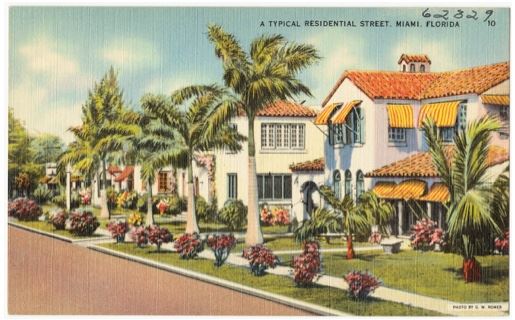
In about 1923 Nunnally settled into a home that he built (5701 N Bayshore Dr.), and where he passed away in 1938.
A MODERN, WELL-PLANNED APPROACH
The first subdivisions were laid out with irregular lot lines and streets running in a diagonal direction to assure each homesite a view of the Bay and the full effect of its cooling breezes. Inland lots are generally 60 feet wide, with larger estates along Biscayne Bay.
Bay Shore was planned for every modern convenience. Before the first lot was offered for sale, the subdivision was fully developed: streets, which bore such names in the community’s infant years as Kennesaw, Towaway, and Albemarle, as well as those with more tropically inspired names like Hibiscus, Cocoanut, and Poinsettia, were paved and curbed; parkways were curbed and planted with trees and foliage; trees, foliage, shrubbery, and grass were planted between sidewalks and curbs; and street lighting was laid in underground conduits.
As a promotional brochure, published in 1924, boasted: Thoughtfulness was the motto. Not one single feature of highly modernized improvements was to be left for future residents to provide. They were to get a finished homesite, with every utility – water, light, gas, and sewerage – provided in the most scientific manner . . . Every feature that might tend toward comfort, convenience, dignity, and beauty was incorporated in the plan of development, and no detail was left unattended when the property was finally pronounced ready for delivery.
At a time when many lots in other Miami subdivisions were being sold undeveloped and unimproved, Bay Shore was notable for its carefully conceived plan for development.
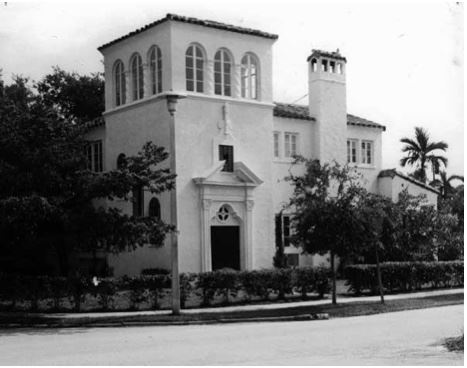
SETTING THE TONE
The exclusiveness of the area was also guaranteed by the deed restrictions that the developers attached to each lot. These restrictions specified the minimum price of each house, ranging from a low of $7,000 inland to $13,000 along the Bay.
Duplexes, apartment, and hotels were prohibited, as were houses constructed of wood. Building setbacks and lot frontage were also regulated, and the developer required that all plans be submitted for approval prior to construction.
Although Bay Shore developed steadily during the boom and even the Depression, the area witnessed its greatest building expansion between 1936 and 1941 with 73 houses built during that time. In 1936 the neighborhood expanded southward, below NE 55th Street. Although these buildings were modest in comparison, the same deed restrictions were enforced.
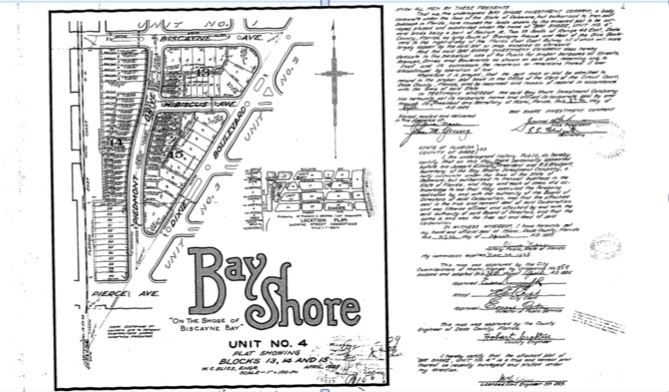
ARCHITECTURALLY SIGNIFICANT
A wealth of Mediterranean Revival, Art Deco, and vernacular style houses line Morningside's wide, tree-lined boulevards. These houses reflect the diversity and direction of architectural design during the 1920s and 1930s. The district encompasses buildings designed by more than 40 local architects, and is equally significant for the quality of its landscape design, which features many mature tropical trees and plants.
 Morningside is arguably one of Miami’s best-planned subdivisions, featuring wide tree-lined boulevards that contribute to the character of the area. Houses constructed in the Morningside Historic District reflect the eclecticism popular in the early twentieth century. The earlier buildings in the district are predominantly Mediterranean Revival in style, while structures built in the 1930’s and early 1940’s are frequently Art Deco. Outstanding examples of both styles are found here.
Morningside is arguably one of Miami’s best-planned subdivisions, featuring wide tree-lined boulevards that contribute to the character of the area. Houses constructed in the Morningside Historic District reflect the eclecticism popular in the early twentieth century. The earlier buildings in the district are predominantly Mediterranean Revival in style, while structures built in the 1930’s and early 1940’s are frequently Art Deco. Outstanding examples of both styles are found here.
Morningside also features a large number of masonry vernacular buildings that frequently utilize elements of several styles. An unusual Tudor Revival style house and one of the City’s best examples of Mission style architecture add to the area’s architectural diversity.
Many of the buildings in the district utilize a variety of local materials, such as keystone and oolitic limestone, and decorative tropical motifs. Especially prevalent are wrought iron screen doors and precast concrete vents displaying palm trees, flamingos, and pelicans.
Of the significant architects of the era that were commissioned to design homes, Kiehnel and Elliott, who introduced the Mediterranean Revival style to South Florida, designed several houses, including those at 463 N.E. 55 Terrace, 527 N.E. 56 Street, and 759 N.E. 57 Street. Marion Manley, South Florida’s first known female architect, designed the house at 598 N.E. 56 Street. The works of Gene Baylis, L. Murray Dixon, H. George Fink, Martin Hampton, Gordon Mayor, V.H. Nellenbogen, Paist and Steward, and Robert L. Weed are also represented here.
A WEALTH OF TROPICAL PLANTS
In addition to the quality of its buildings, the Morningside Historic District is also significant for its landscape architecture. Inspired by the designs of other suburbs and estates throughout the United States, the developers adapted these ideas to take full advantage of Miami’s wealth of tropical trees and plants. More than 4,000 trees were planted, and typical street intersections have a wide parkway in the center of each boulevard, dividing traffic. In the center of many of the intersections is a circular island, graced with shrubbery.
Between curbing and sidewalk is a wide greensward with trees and foliage. All corners are curved and foot crossings set back to increase the park effect of the view up and down the boulevard. Boulevards run at graceful angles and the parkways are of varying width and differ in floral adornment. Everywhere the view is like overlooking an immense garden, through which wind attractive passageways.
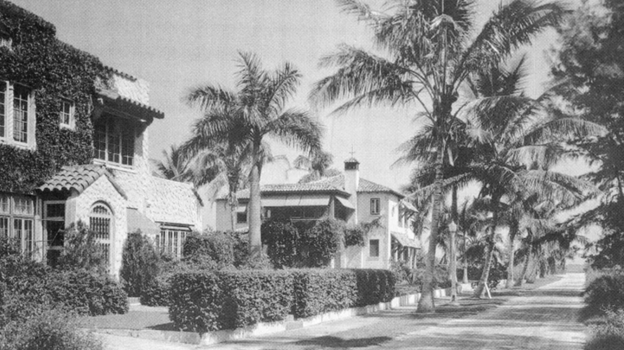
IF YOU BUILD IT…THEY WILL COME
From its inception in 1922, Morningside has been home to many prominent and influential local residents. In additional to Nunnally’s own home, other developers and financiers have also lived here, including Paul Scott, an attorney and president of the Biscayne Boulevard Company and the New Miami Shores Corporation, and Henry H. Filer, president of the Filer-Cleveland Company.
Many politicians and government officials built homes in Morningside, including Frank Wharton, an early mayor and city manager during the 1920s; Perrine Palmer, a later mayor; and William Lehman, a U.S. congressman.
Laura Cushman, one of Florida’s most respected educators and founder of The Cushman School, lived in the house built by her father in 1925.
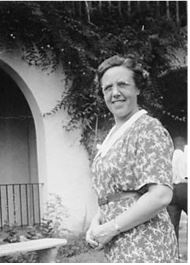
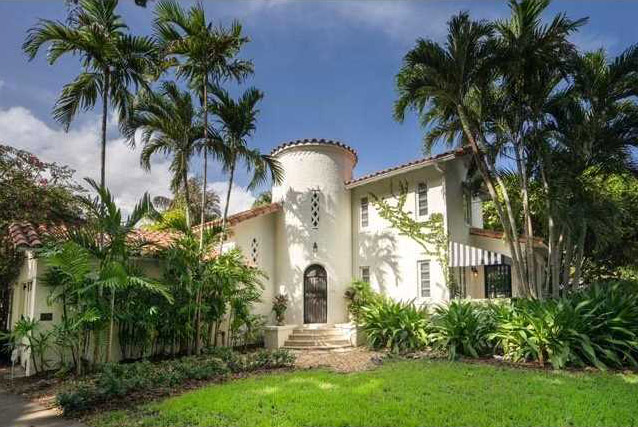
Sidney Meyer, secretary-treasurer of Wometco Theaters, built a house in Morningside, as did Harold Steward, a local architect with the prominent firm of Paist and Steward. Lawyers, physicians, realtors, business magnates, and other executives have populated Morningside throughout its history
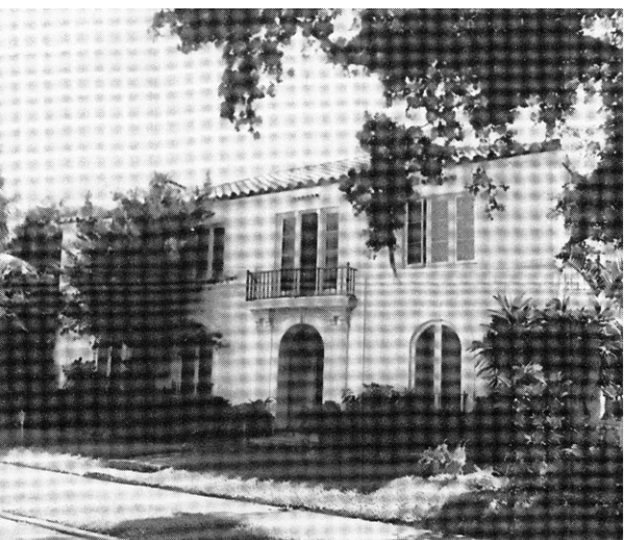
HISTORIC DESIGNATION
The northern area of Morningside located between Biscayne Boulevard & Biscayne Bay, from NE 55th Street to NE 60th Street received historic designation from the City of Miami on December 20th 1984. This designation permanently extends the most important original Bay Shore restrictions. Major changes to homes in the District require HEP (Historic and Environmental Preservation Board) approval.
The Morningside Historic District was then listed in the National Register of Historic Places in 1992. It stands today as one of Miami’s most intact historic neighborhoods.
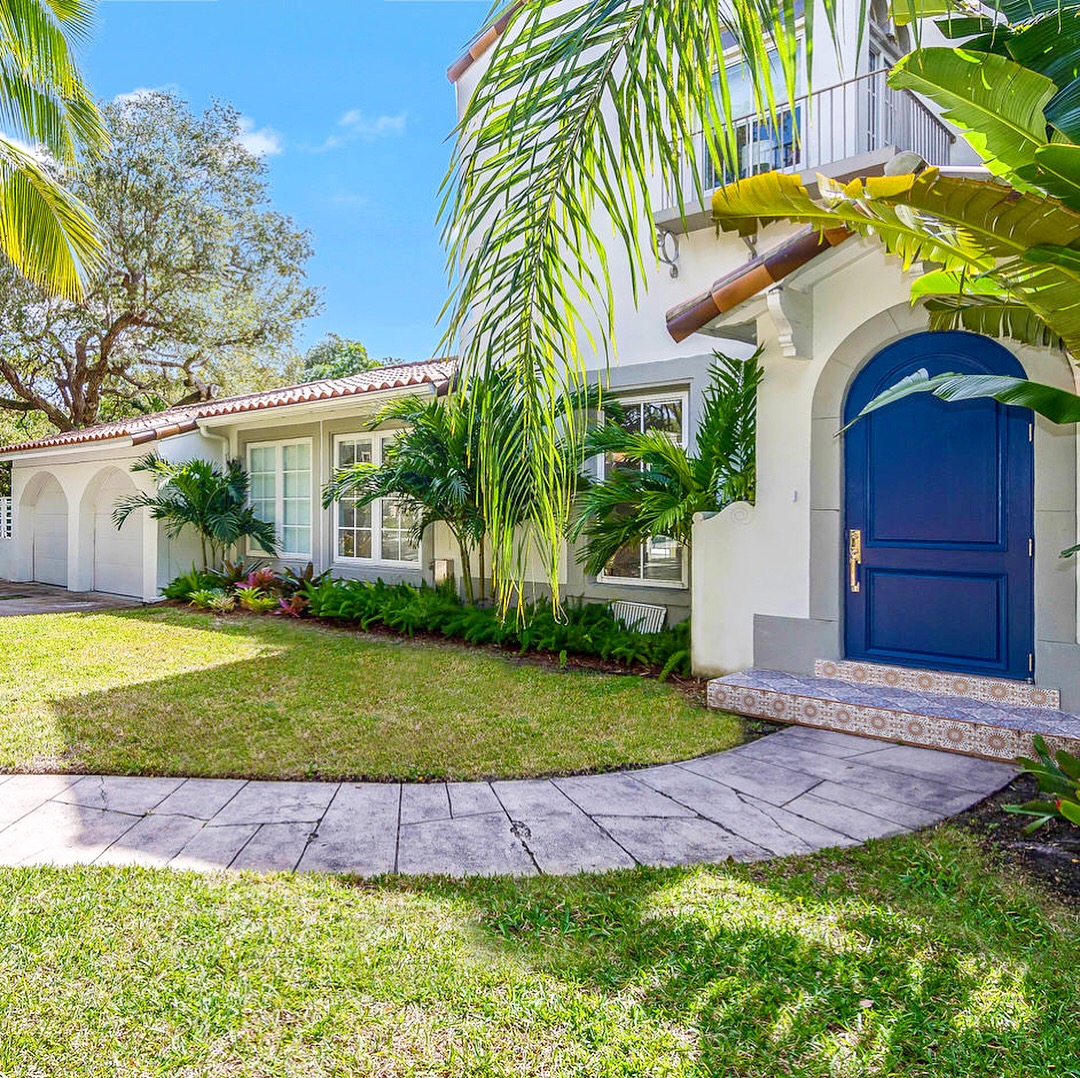
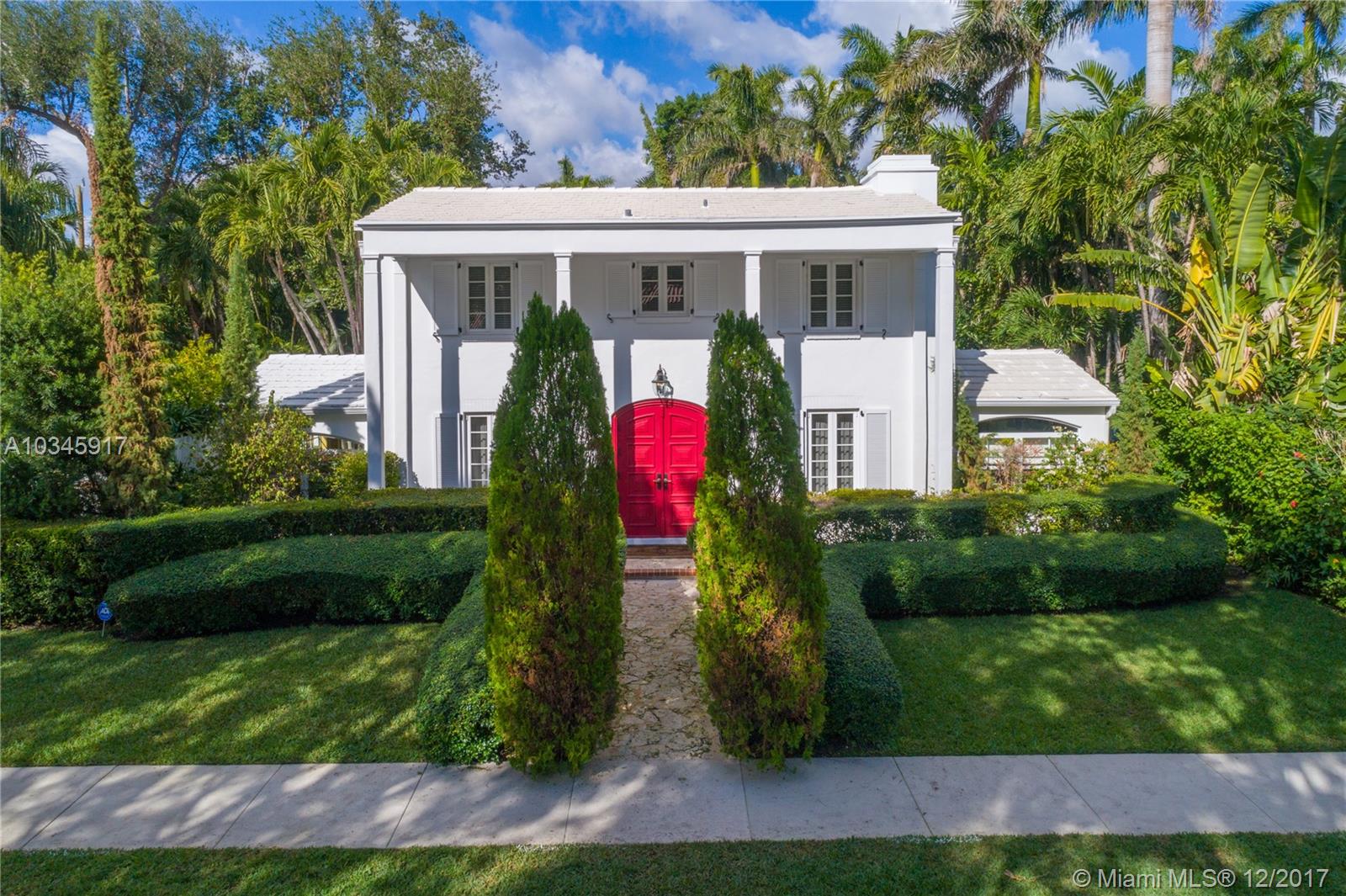
Web References:
http://www.historicpreservationmiami.com/morningside.html
http://www.historicpreservationmiami.com/pdfs/MorningsideHD_DesignationReport.pdf
http://www.historicpreservationmiami.com/pdfs/2016/Morningside_Historic_District_Guidelines.pdf
http://www.historymiami.org/city-tour/morningside-walking-tour-with-dr-george/
https://localwiki.org/miami/Morningside
https://terencecantarella.com/2010/05/26/one-big-house-many-different-lives/
